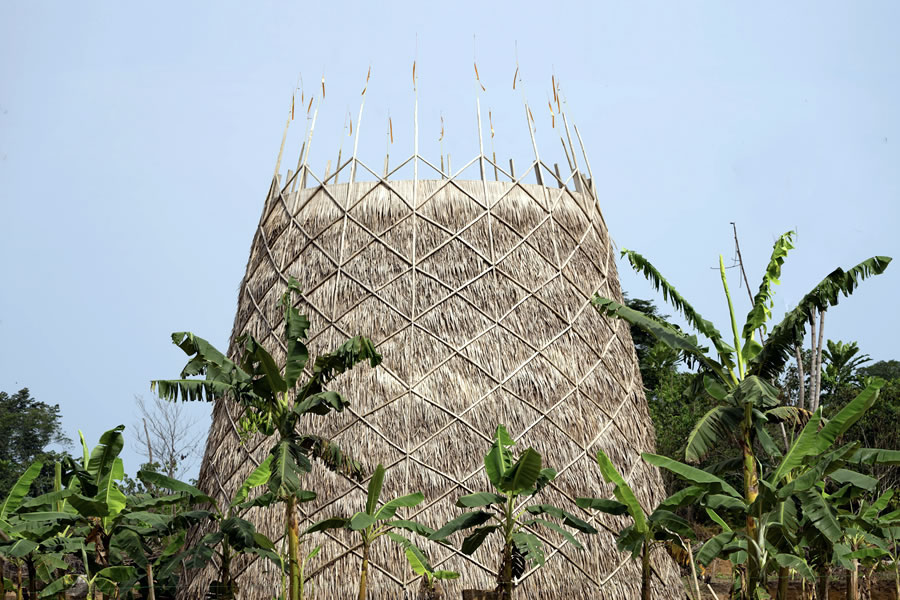
In several rural communities without stable access to clean water, an ingenious solution is beginning to transform daily life: the so-called Warka Towers. These structures, inspired by ancestral techniques and adapted using biomimetic principles, capture the moisture present in the air - fog, dew and rain - and condense it into usable water. Their design, based on the use of local materials such as bamboo, wicker and palm leaves, allows them to be built without relying on electricity or expensive industrial technology.
Each tower is capable of collecting between 40 and 100 litres of water per day, depending on climatic conditions, which is a vital aid in regions where traditional water sources are scarce or polluted. Moreover, their simple maintenance and low cost mean that they can be replicated in many parts of the world, from Cameroon to other parts of Africa, Asia and Latin America, where water access problems are critical. Some experts recall that similar fog capture systems were already experimented in Peru and Chile decades ago, although the current model has optimised its efficiency and local adaptation. The Canary Islands have also experimented with these techniques.
On social media, the initiative has generated intense debate. While many users celebrate the ingenuity of the solution - "Pure engineering", "Nice and gives it natural chic cachet", some write - others stress that it should be combined with reforestation and soil conservation policies to achieve a long-term sustainable impact. "Forests are key in generating humidity and rainfall," notes one internet user. The proposal to extend the use of these towers on a global scale is gaining more and more support in a world increasingly affected by water stress.
Source: warkawater.org, dw.com, nieblagua.com
